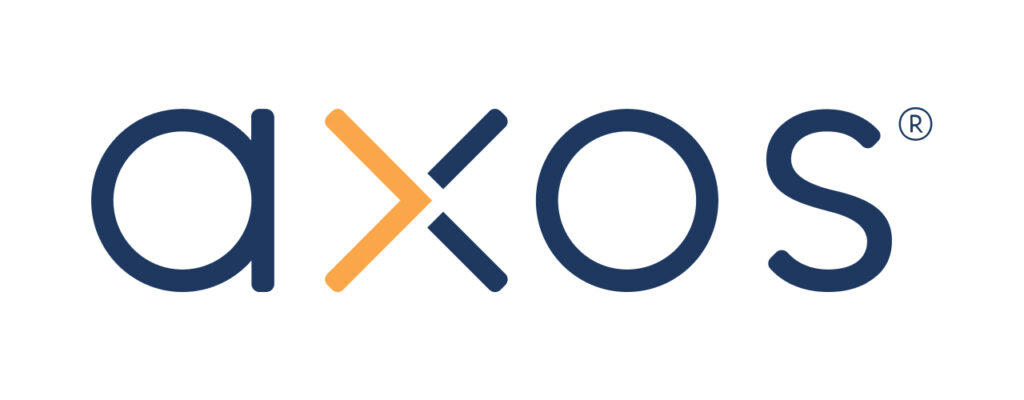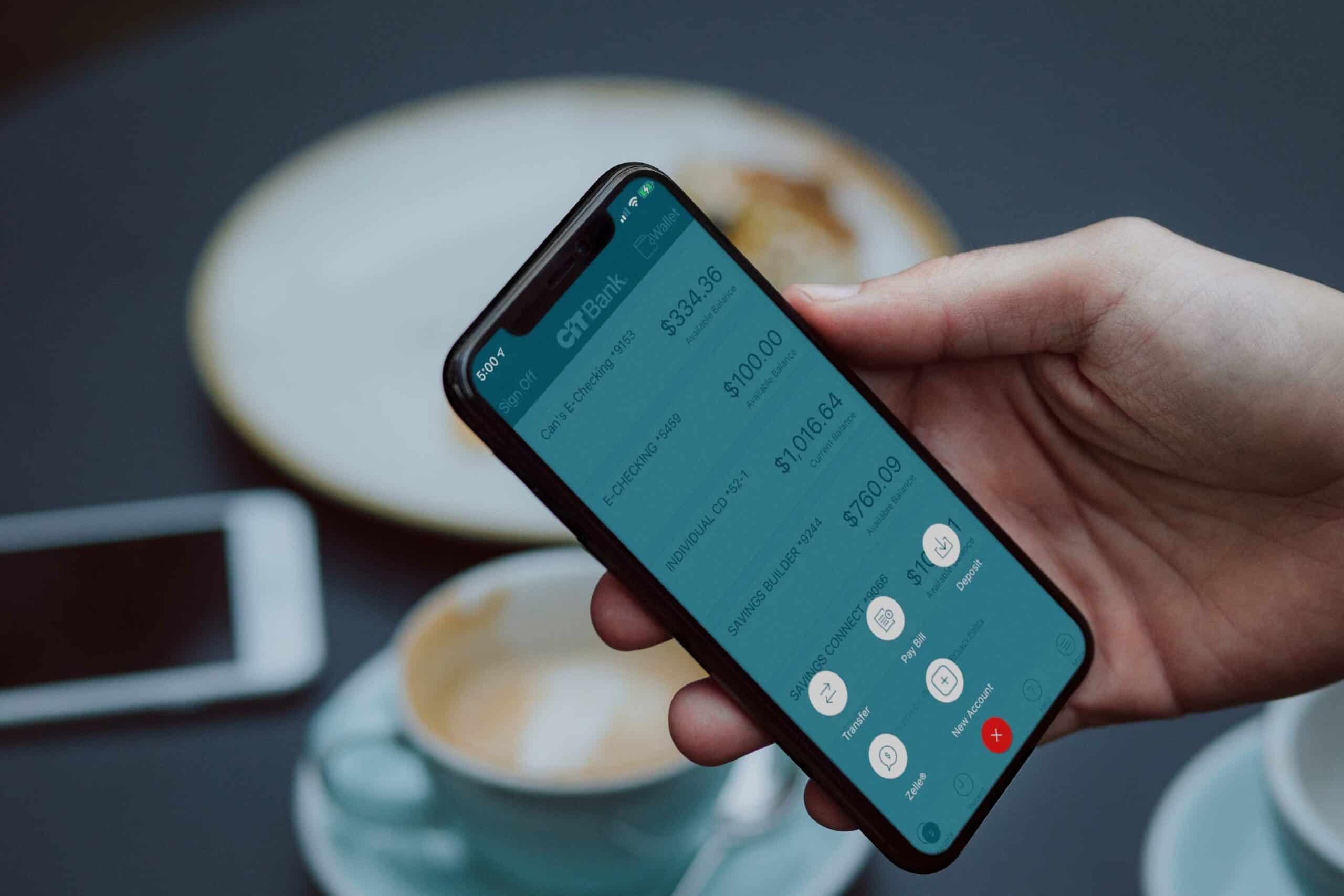Most products on this page are from partners who may compensate us. This may influence which products we write about and where and how they appear on the page. However, opinions expressed here are the author's alone, not those of any bank, credit card issuer, airline or hotel chain.
If you've ever opened a savings account or invested money, you may have come across the term Annual Percentage Yield (APY). But what exactly is APY and how does it affect your finances? In this guide, we'll break down the basics of APY and why you should compare this percentage across multiple banks when shopping for places to store your money.
What is APY?
APY is the total amount of interest you will earn on an investment over a year, expressed as a percentage. The higher the APY, the more you earn. APY interest rates are compounding, making it a more accurate measure of the total return on your investment.
Recommended High-Yield Savings Accounts
| Bank Account | APY | Features | Learn More |
|---|---|---|---|
|
|
4.50%
*Annual Percentage Yield (APY) is variable and is accurate as of 4/02/2025. Rate is subject to certain terms and conditions. You must deposit at least $5,000 to open your account and maintain $25 to earn the disclosed APY. Rate and APY may change at any time. Fees may reduce earnings. |
$5,000 min. deposit |
Open Account |
|
|
Up to 4.66%
Earn up to 4.66% APY on savings, and 0.51% APY on checking when you meet requirements. |
No minimum deposit |
Open Account |
|
Member FDIC |
0.50% - 3.80%
SoFi members who enroll in SoFi Plus with Direct Deposit or by paying the SoFi Plus Subscription Fee every 30 days or with $5,000 or more in Qualifying Deposits during the 30-Day Evaluation Period can earn 3.80% annual percentage yield (APY) on savings balances (including Vaults) and 0.50% APY on checking balances. There is no minimum Direct Deposit amount required to qualify for the stated interest rate. Members without either SoFi Plus or Qualifying Deposits, during the 30-Day Evaluation Period will earn 1.00% APY on savings balances (including Vaults) and 0.50% APY on checking balances. Only SoFi Plus members are eligible for other SoFi Plus benefits. Interest rates are variable and subject to change at any time. These rates are current as of 1/24/25. There is no minimum balance requirement. Additional information can be found at http://www.sofi.com/legal/banking-rate-sheet. See the SoFi Plus Terms and Conditions at https://www.sofi.com/terms-of-use/#plus. |
No minimum deposit |
Open Account |
|
|
4.10%
Earn 4.10% APY on balances over $5,000. Balances of less than $5,000 earn 0.25% APY. Annual Percentage Yield is accurate as of March 19, 2025. Interest rates for the Platinum Savings account are variable and subject to change at any time without notice. |
$100 minimum deposit |
Open Account |
How is APY calculated?
APY is calculated by taking into consideration the interest rate, the compounding frequency, and the number of compounding periods per year.
The formula for calculating APY is:
APY = (1 + (r/n))^n - 1.
The “r” variable is the interest rate in decimal form and the “n” variable is the number of compounding periods per year.
For example, if you have a savings account with a 4% simple interest rate, compounded monthly (12 times in a year), your formula would look like this:
APY = (1 + (0.04/12))^12 - 1
Using this formula, your APY would be 0.0407, or 4.07%.
How does compound interest work?
Compound interest is the interest earned on both the initial principal amount and the interest that has been added to it over time. This means that over time, your money can grow faster because the interest is reinvested and earns more interest.
Interest can be compounded yearly, monthly, quarterly, or daily. The more frequently your account compounds, the greater the effect.
 Related Article
Related Article
3 Steps to Take if Your Bank Isn’t Paying You Enough Interest
The Difference Between APY and APR
APR is the annual rate charged for borrowing money, such as on a credit card or loan, while APY is the annual rate of return earned on an investment.
APY takes into account the effect of compounding on an investment, while APR does not.
What is considered a good APY?
A good APY will depend on the type of investment and the level of risk you are willing to take. Generally, a higher APY indicates a higher return on your investment, but it is important to consider the risk involved.
The best high-yield savings accounts and CD rates hover around 3% to 5%. However, it’s more common to find APYs on most traditional bank accounts in the 0.1% to 0.05% range.
APYs can be fixed or variable. A fixed APY, like one commonly attached to a CD account, pays the same rate over a specific term, such as one year or five years. Your savings or checking account, on the other hand, will typically pay a variable APY, meaning the rate will fluctuate over time.
 Related Article
Related Article
5 High-Yield Savings Accounts With Over 5.00% APY
The Bottom Line
Understanding how APY can impact your savings and investments is important. By considering the factors that go into determining APY and the difference between APY and APR, you can make smart financial choices that will help you grow your wealth over time. Remember to compare APY rates and consider the level of risk before making any investment decisions.





















